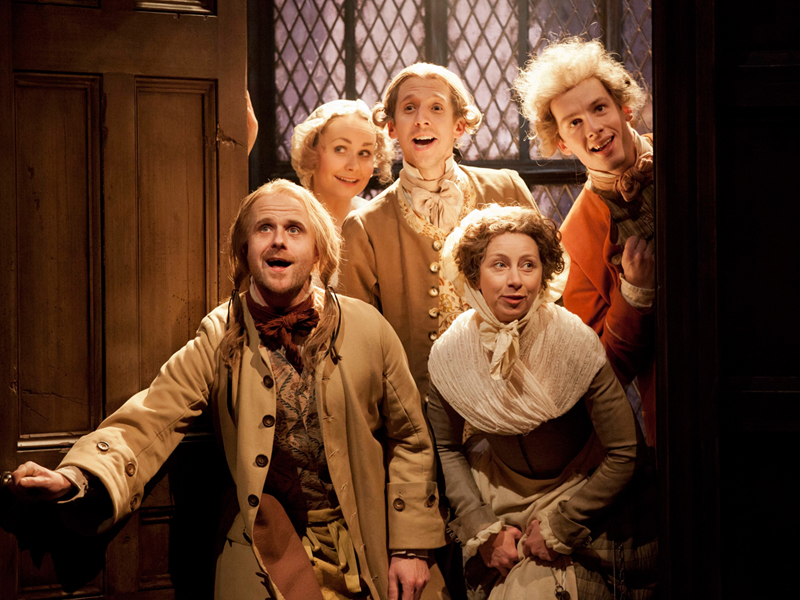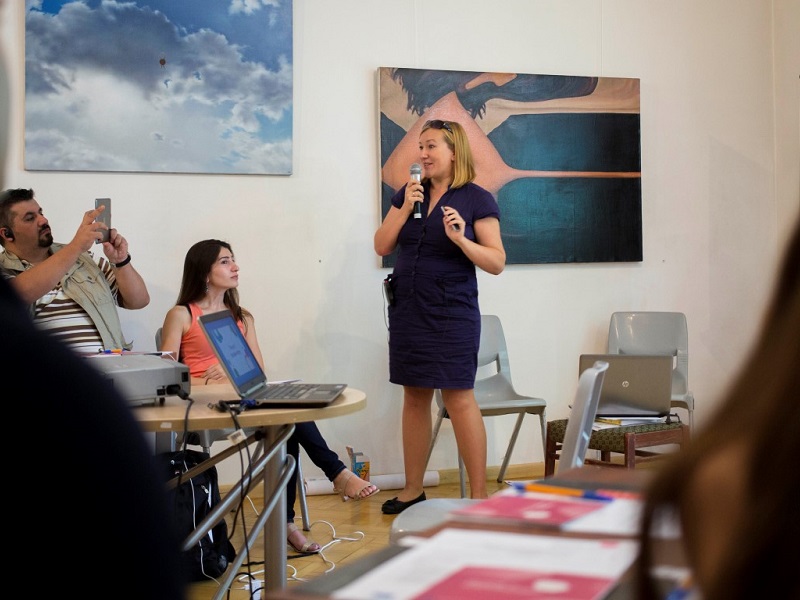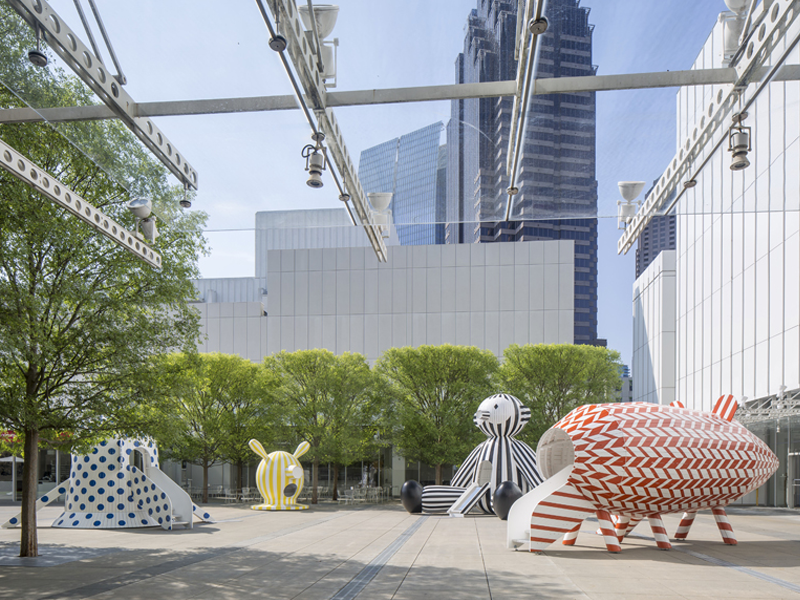
EVERY POUND OF FUNDING GOING INTO CULTURE PAYS BACK £5 (STUDY)
+ Through tourism
The arts and culture can create additional spending by tourists in two ways. Some visit the UK primarily to visit arts and cultural attractions, while others take part in arts and cultural activities during trips that are made for other purposes, potentially extending trips and generating additional spending as a result. We estimated total spending by visitors to the UK that was directly motivated by the arts and culture amounted to at least £856 million in 2011.
+ Developing skills, nurturing innovation and fostering growth in the commercial creative industries
The arts and culture industry supports commercial creative industries, consuming many of the outputs from creative businesses. Therefore, the arts and culture industry indirectly contributes to employment in these creative industries. Many arts and cultural organisations also provide support to the creative businesses they interact with in their day-to-day activities.
+ Improving national productivity
The arts and culture industry also supports productivity in the commercial creative workforce as a whole. Engagement with the arts and culture helps to develop people’s critical thinking, to cultivate creative solutions to problems and to encourage effective personal communication and expression. For both adults and children, these skills improve intellectual ability and wellbeing, enabling greater success in day-to-day endeavours. When these individual-level benefits are taken in aggregate, they represent improvements to the effectiveness and flexibility of the nation’s workforce, with positive impacts on productivity.
+ Catalyst for economic regeneration
Investment in the arts and culture can drive improvements in the quality of the local environment and the standard of life enjoyed by local communities.
Macroeconomic impacts of the arts and culture in UK:
- When direct, indirect and induced impacts are taken into account, the arts and culture industry is responsible for an aggregate GVA impact of £15.8 billion. The GVA multiplier is smaller than in our previous report, which suggests that there has been an efficiency gain in the arts and culture industry, with less supply chain spend per £1 of output produced by the industry.
- In 2013, CEBR estimate that the arts and culture industry had a total FTE employment impact, including direct, indirect and induced impacts, of 259,000 FTE jobs.
- Based on this employment impact, we estimate that for every gross salary of £27,948, the arts and culture industry was responsible for approximately £57,600 of gross salary earned elsewhere in the economy.
‘Business economy’ highlights:
- The arts and culture industry generated £15.1 billion in turnover in 2012-13, an increase of 26 per cent since 2010. Book publishing, performing arts and artistic creation were the largest sets of productive activities based on turnover in 2013, accounting for 29, 26 and 19 per cent respectively.
- Businesses in the arts and culture industry contributed an estimated £7.7 billion of gross value added (GVA) in 2013.
- Employment in the arts and culture industry peaked in 2012; this is likely due to the impact of the London 2012 Olympic Games. It fell again in 2013, returning to a similar level as 2011, with approximately 108,800 full-time equivalent (FTE) jobs in the industry. Performing arts was the largest contributor to total employment in the arts and culture industry, amounting to 32 per cent of FTE jobs.
- Household spending on recreation and culture fell between 2008 and 2010, as a result of the recession, but recovered in 2011. Weekly spending on recreation and culture declined again in 2012, but subsequently recovered in 2013, with an average weekly spend of £63.90. This was above the 2008 level of £62.80 per week. Note that the category of recreation and culture used by the ONS is broader than our definition of the arts and culture industry, for example, it includes historical monuments, national parks, zoological and botanical gardens, as well as license fees and subscriptions for TV networks.
- The greatest contributor to the overall funding of the arts and culture industry continued to be earned income*, this increased by 6 per cent between 2012-13 and 2013-14, from £683 million to £722 million.
*Earned income includes ticket sales and merchandise.
Find out more about this research




